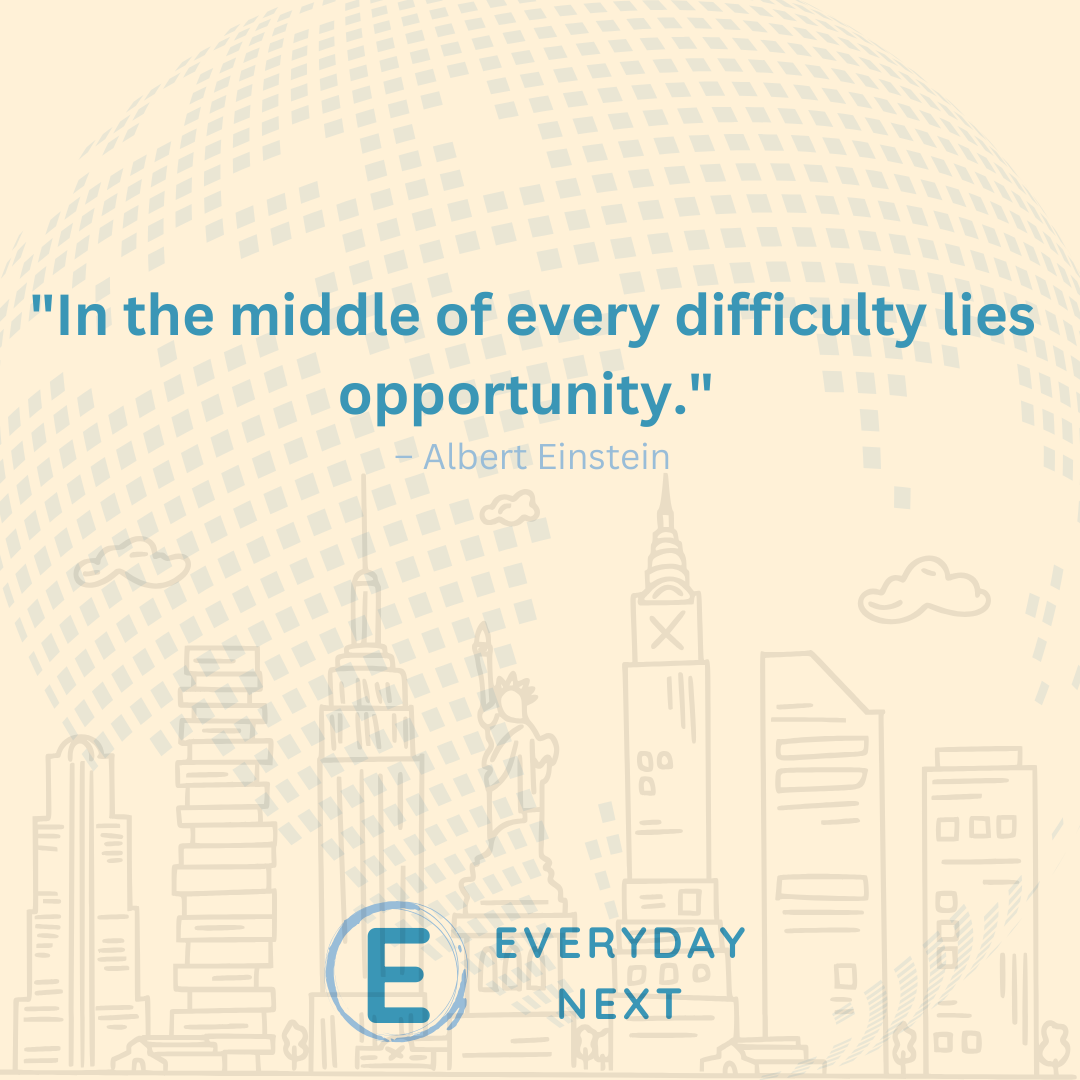
Hybrid Work Revolution: 65% of Companies Embrace Flexibility
In 2025, work looks very different. Office desks are not full every day. People attend meetings from home, coffee shops, or while traveling. This shift is part of the hybrid work revolution. Hybrid means employees split time between home and the office. Some go to the office two or three days a week. Others work fully remote, depending on the company. It’s flexible, and many workers love it. Now, more than 65% of Companies Worldwide have adopted some form of hybrid. This shift is not just a trend. It’s becoming the new way of working. In this article, we’ll explore what hybrid work means, how it helps, what challenges it brings, and what the future looks like.
What Is Hybrid Work?
Hybrid work is a work model that gives people more freedom. Instead of being in the office every day, employees choose when to work from home or come in. Some companies set specific days for office work. Others give full choice to employees. This model became popular after the pandemic. But even now, in 2025, it’s growing stronger. Hybrid mixes the best of both worlds. People get the structure of an office and the comfort of home. And for many, that’s the perfect balance.

Why 65% of Companies Now Use Hybrid Work
There are many reasons why so many companies now Support Hybrid Work.
- Employee happiness: Workers feel more in control of their time.
- Better health and focus: Less time commuting means more rest and better mental health.
- Cost savings: Companies spend less on office space and supplies.
- Access to talent: Firms can hire people from different cities or countries.
- Higher output: Many workers say they get more done at home.
For these reasons, hybrid is no longer seen as a short-term solution. It’s a smart move for long-term growth and productivity.
Real Example: A Tech Firm Finds Success with Hybrid Work
SkyTech, a software company based in Toronto, switched to hybrid work in 2022. At first, it was a test. But by 2024, they made it permanent. Now, staff work three days from home and two days in the office. The results? Employee turnover dropped by 30%. Project speed increased. Office costs were cut in half. SkyTech used extra savings to invest in better tools and training. They also hired talent from new regions. Today, they say the hybrid helped them grow faster than before. Their story shows how the right mix of remote and office time can drive real results.

The Tech Behind Hybrid Work
Hybrid work needs strong tech tools to work well. In 2025, these tools will be better than ever.
- Video platforms: Tools like Zoom, Google Meet, and Microsoft Teams connect teams easily.
- Cloud storage: Services like Google Drive and Dropbox allow fast file sharing.
- Task apps: Asana, Trello, and Notion help teams stay on track.
- Cybersecurity tools: VPNs and secure access systems protect company data.
With these tools, people can work from anywhere, at any time. And they can do it safely and smoothly. Technology is the Backbone of Hybrid. Without it, the model would not work as well.
Challenges of Hybrid Work
While hybrid work offers many benefits, it also brings real challenges. Some employees miss the face-to-face talks and casual chats that help build team bonds. Others worry that working from home might affect how they are seen by managers, especially when it comes to promotions. Not everyone has a quiet or comfortable space to work at home, which can lower focus and output. There are also security risks when people work outside the office, especially if devices or data are not well protected.
And for global teams, working across different time zones can cause confusion and delays. To make a hybrid a success, companies must address these issues with clear rules, regular check-ins, and team-building efforts. When planned well, the hybrid can still deliver strong results and a better balance for everyone.

Tips for Thriving in a Hybrid Work Model
If you’re part of a hybrid work team, here are some simple ways to do well:
- Create a routine. Have a clear work schedule even when at home.
- Stay connected. Join team calls and share updates often.
- Set a workspace. Pick a spot where you can focus.
- Use your days wisely. Plan tasks that need focus for home days and team tasks for office days.
- Ask for feedback. Talk to your manager about what’s working and what’s not.
These tips help keep balance and show your team that you care about both the work and the people.
Comparing traditional vs. hybrid vs. remote work
To better understand how hybrid work stands out, here’s a quick comparison between traditional, hybrid, and fully remote work across key areas:
| Feature | Traditional Office | Hybrid Work | Fully Remote |
|---|---|---|---|
| Flexibility | Low | High | Very High |
| Team Bonding | High | Medium | Low |
| Cost Savings | Low | High | Very High |
| Productivity | Varies | High | High (if managed) |
| Best for | Routine Tasks | Balanced Teams | Independent Roles |
This comparison shows why hybrid work is becoming the top choice for many companies in 2025. It offers the right mix of flexibility and teamwork, without losing sight of costs or performance.
Conclusion: Hybrid Work Is the New Normal
Hybrid work is not just a temporary fix. In 2025, it will be the normal way of working for millions of people. With 65% of companies now on board, it is clear that flexibility is here to stay. This model gives freedom, saves money, and keeps workers happy. It also comes with challenges, but smart companies are learning to manage them. The Hybrid Revolution is changing how we think about jobs, teams, and even success. If you embrace it with the right mindset and tools, you can thrive in this new world of work.
FAQs
1. What is hybrid work?
Hybrid work is a mix of remote and in-office work. Employees split their time between home and the office.
2. Why is hybrid work so popular in 2025?
It gives more flexibility, saves costs, and keeps workers happy and productive.
3. What tools help with hybrid work?
Video calls, cloud storage, task apps, and secure networks all support hybrid teams.
4. Are there downsides to hybrid work?
Yes. Team bonding, fairness, and home setup can be issues if not managed well.
5. Will hybrid work stay in the future?
Yes. Most experts and companies see it as the future of work, not just a trend.










